
Max Out Your DC Day: How to See the Best of the National Mall in 24 Hours
I’ve traveled all around the world and have seen a lot of bucket-list worthy places. And while it’s impossible to rank all of these places, in my opinion, the National

I’ve traveled all around the world and have seen a lot of bucket-list worthy places. And while it’s impossible to rank all of these places, in my opinion, the National
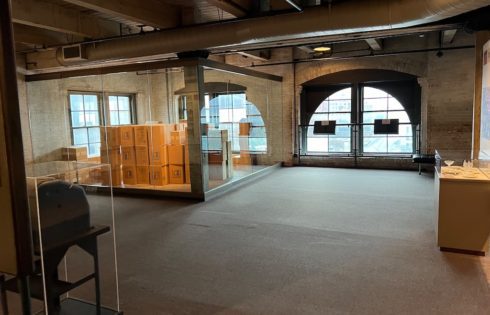
Dallas has carried the weight of its connection to one of the most pivotal moments in American history — the assassination of President John F. Kennedy. At the heart of
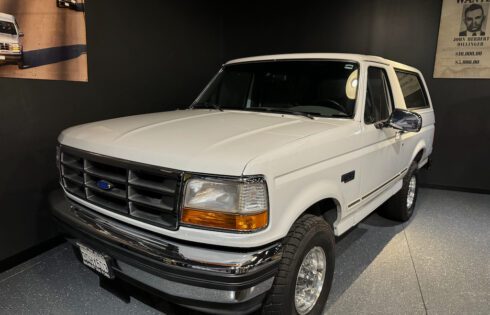
When one finds oneself in the lively hub of Pigeon Forge, Tennessee, a plethora of tourist attractions beckons. From the iconic Dollywood to the seemingly ubiquitous Mountain Coasters, the city
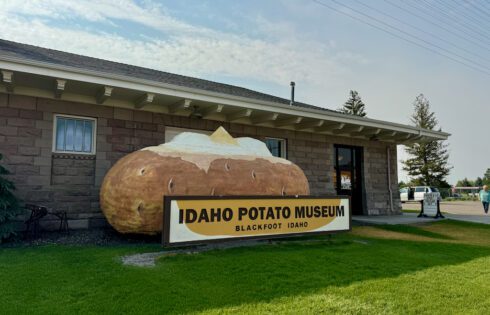
When you’re in Idaho, it’s hard not to think about potatoes. One of the best places to explore this fascination is the Idaho Potato Museum. This charming museum offers a

When you’re in Idaho, it’s hard not to think about potatoes. One of the best places to explore this fascination is the Idaho Potato Museum. This charming museum offers a
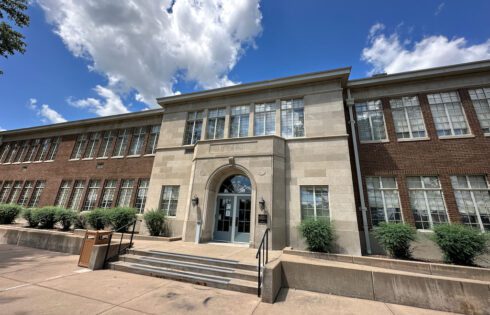
Numerous pivotal moments marked the Civil Rights era, but among the crucial landmarks in the desegregation movement is Monroe Elementary School, a school that was deeply connected to the Brown
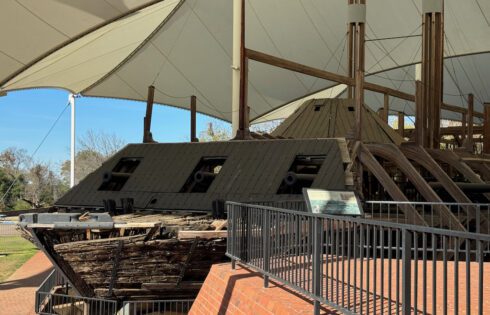
Civil War History is one of my new fascinations. Out of all of the recent wars that I’ve been studying, the Revolutionary War, the French Indian War, and the War

When one finds oneself in the lively hub of Pigeon Forge, Tennessee, a plethora of tourist attractions beckons. From the iconic Dollywood to the seemingly ubiquitous Mountain Coasters, the city
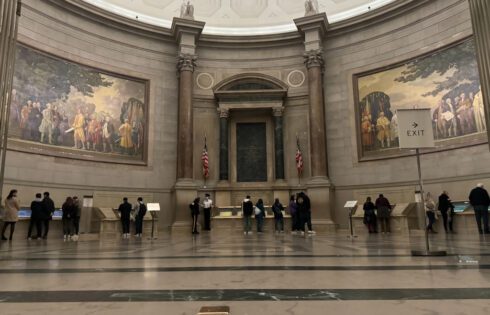
There are a handful of places that resonate as must-visit for every American, and among them, certain sites stand out. Pearl Harbor, with its profound historical significance, and the Freedom
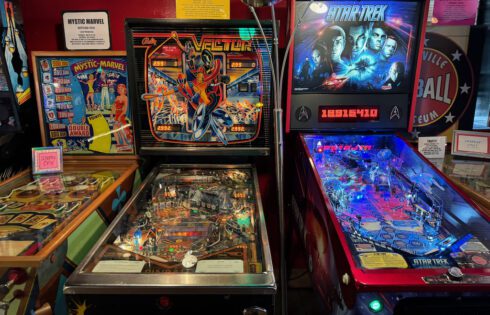
Nestled in western North Carolina, the Asheville Pinball Museum offers a nostalgic escape and boasts an impressive array of pinball machines and classic arcade games. With its retro charm and
| Cookie | Duration | Description |
|---|---|---|
| cookielawinfo-checkbox-analytics | 11 months | This cookie is set by GDPR Cookie Consent plugin. The cookie is used to store the user consent for the cookies in the category "Analytics". |
| cookielawinfo-checkbox-functional | 11 months | The cookie is set by GDPR cookie consent to record the user consent for the cookies in the category "Functional". |
| cookielawinfo-checkbox-necessary | 11 months | This cookie is set by GDPR Cookie Consent plugin. The cookies is used to store the user consent for the cookies in the category "Necessary". |
| cookielawinfo-checkbox-others | 11 months | This cookie is set by GDPR Cookie Consent plugin. The cookie is used to store the user consent for the cookies in the category "Other. |
| cookielawinfo-checkbox-performance | 11 months | This cookie is set by GDPR Cookie Consent plugin. The cookie is used to store the user consent for the cookies in the category "Performance". |
| viewed_cookie_policy | 11 months | The cookie is set by the GDPR Cookie Consent plugin and is used to store whether or not user has consented to the use of cookies. It does not store any personal data. |
